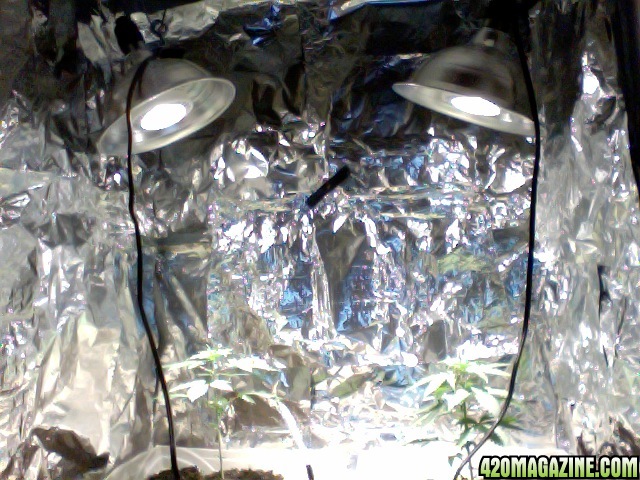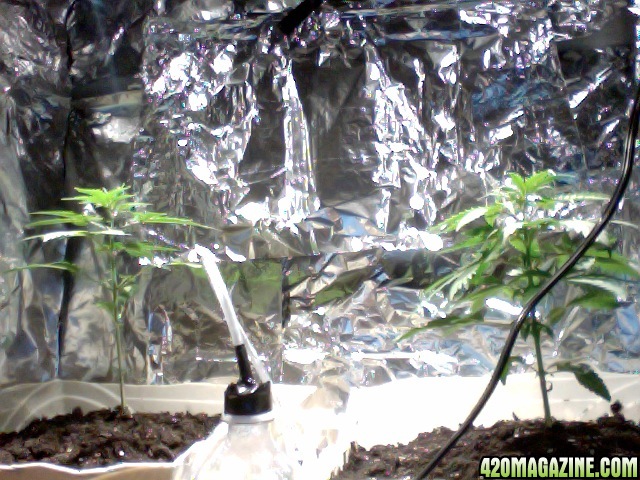tomatofarmer
New Member
Welcome, Im looking for the experts for this one. Good thing this site is full of them. First Grow, 25 days in veg plants between 7" and 9" will post pics here quick. Im looking for advice and what to do. I've read alot about topping, LST, and Bending, but i have questions and want to know what would be best for my plant, and most beneficial to my yield. I was about to jump into LST but then i read you need to top first. Im not sure if im reading for that. I seen a lot of people that bend say topping is not the way to go and vis versa. Looking for advice and info






